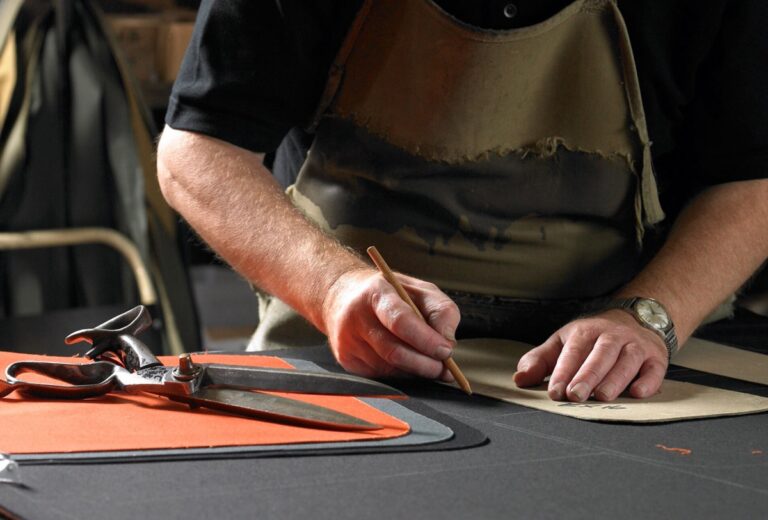The Parts of a Quill Pen
Quill pens were used to compose most medieval manuscripts and other important historical documents like Magna Carta and Declaration of Independence.
Quills can be altered into capillary action pens by shaping their ends into traditional nib shapes, then adding slits for controlling ink flow through their hollow shaft (known as calamus). This method relies on capillary action.
The Feather
Quill pens were once the preferred writing implement of many writers and were used to sign important documents like Magna Carta and Declaration of Independence. Though metal pens became popular much later, quills are still utilized today by calligraphers and some artists.
Feather quills use capillary action to bring ink to their nib. Their hollow shaft (calamus) collects ink and transports it via narrow channels cut into their tip slit to reach their destination at the tip.
Feathers from different birds can be collected for pen making purposes, but primary flight feathers found during moulting season tend to be the ideal source. Their strength and flexibility make them suitable for crafting beautiful writing instruments.
Feathers from long-term caged birds may harbor bacteria; therefore, it would be wiser to head to a nearby farm where large birds reside and collect naturally shed feathers from large birds that have come naturally out.
The Barrel
The barrel of a quill pen is a narrow slit at the end of a feather that allows ink to flow from its hollow center (known as the calamus) through capillary action, providing finer lines than with metal nibs or wooden ones.
An optimal slit can make all the difference when it comes to how a pen writes, yet finding the ideal balance can be challenging. A proper slit must be thin enough for easy writing but thick enough not to crack under pressure from hands.
Quill pens may seem intimidating at first, especially to beginners, but once you become acquainted with it you can really take advantage of its unique features. Tim Ternes, Director of The Saint John’s Bible at Hill Museum & Manuscript Library provides valuable insight into its components via this video.
The Nib
A quill pen’s nib holds ink. Constructed from cut ends of feathers or reeds that have been cut to form points with slits to hold ink, its sharp tip needs to be sharpened regularly in order to work effectively.
Where is the best place to purchase a nib? Ideally from an artisan. Some may even sell their old ones online! Alternatively, check local writing tool stores or museum gift shops specializing in writing tools if searching for their perfect nib.
A good nib is one that writes well, producing thin lines on paper that are easy to control, using minimal pressure while writing with a quill pen, without breaking or tearing its nib. Right-handed writers should face left, while left-handed ones should face right for optimal writing results without leaving behind ink blotches on their pages.
The Grip
Writing with a quill pen differs considerably from using traditional metal nib pens in terms of pressure sensitivity and response to paper surface and writing style. Quills require gentle pressure from their user in order to function optimally.
Goose feathers are commonly used when crafting quill pens; however, other species’ primary flight feathers from outer wings of large birds such as crow, eagle, turkey, and owl feathers can also be utilized. For maximum quality quills, use living birds from their new growth period – even Thomas Jefferson himself had geese specifically bred just for this purpose at Monticello!
Feathers must first be trimmed at their ends into nib shapes before being given two tines by cutting a narrow slit into their ends. After that, they are then immersed into an inkwell of calligraphy ink to be used with capillary action and spread along paper by applying pressure onto it with their writing instrument.

